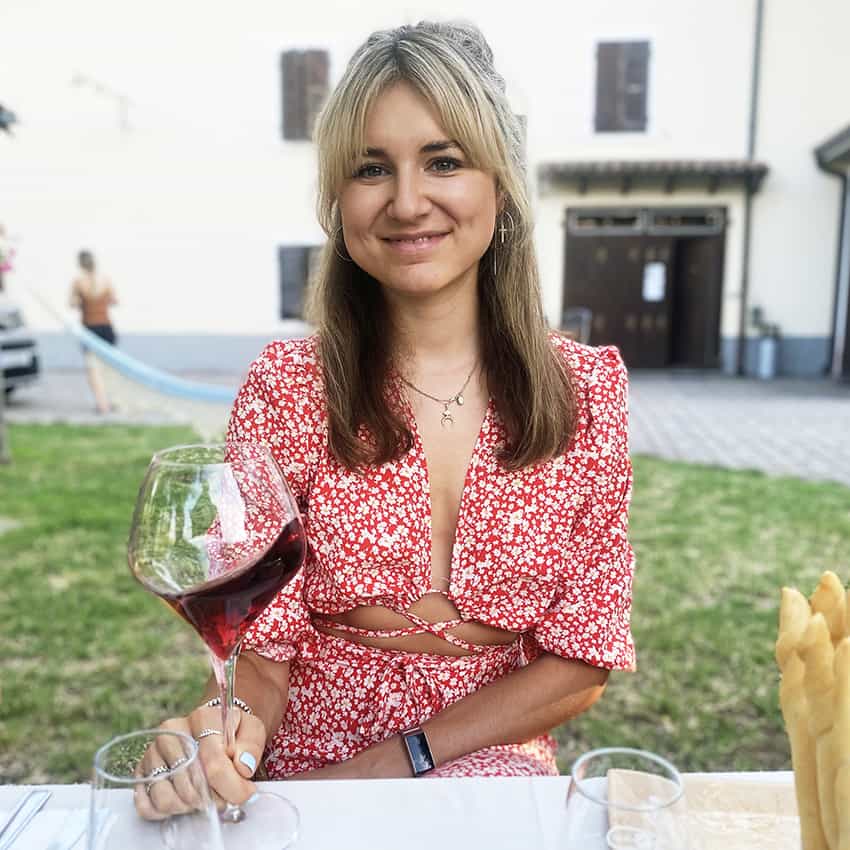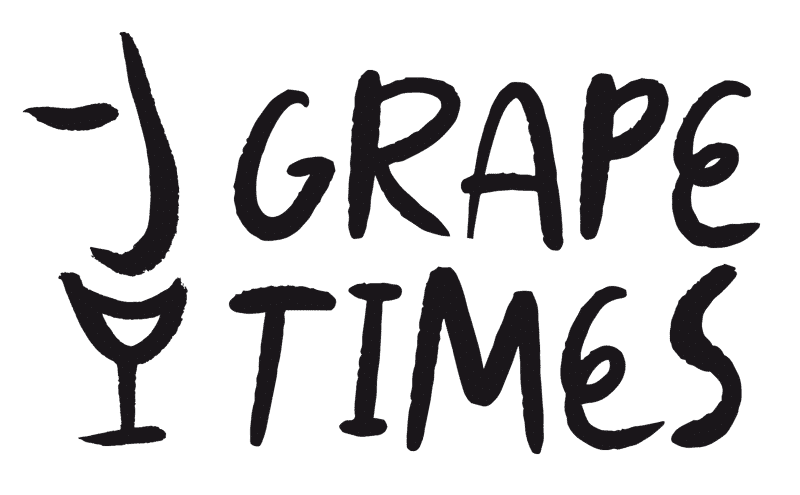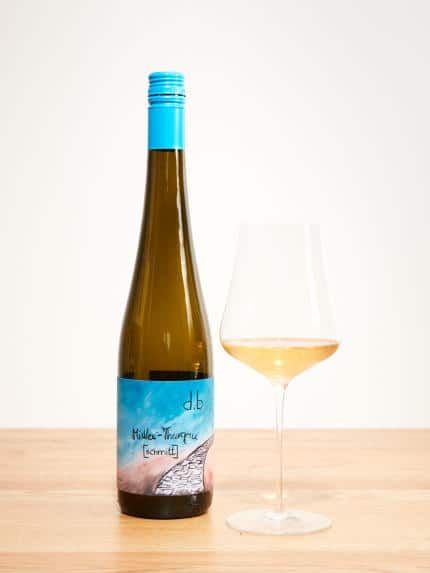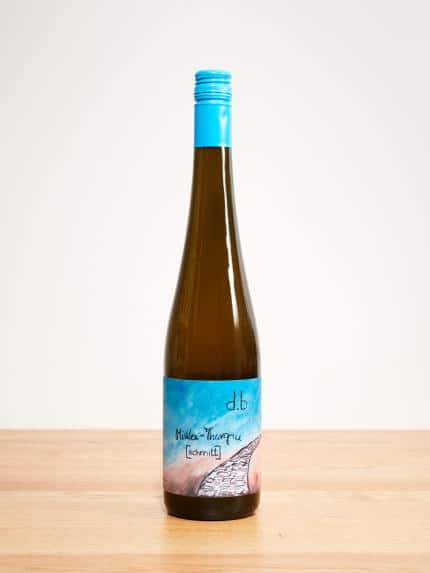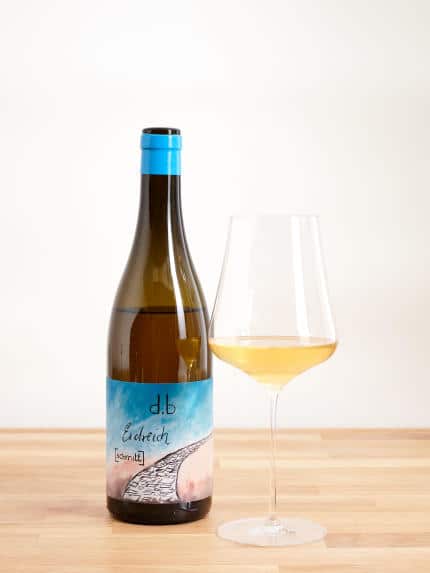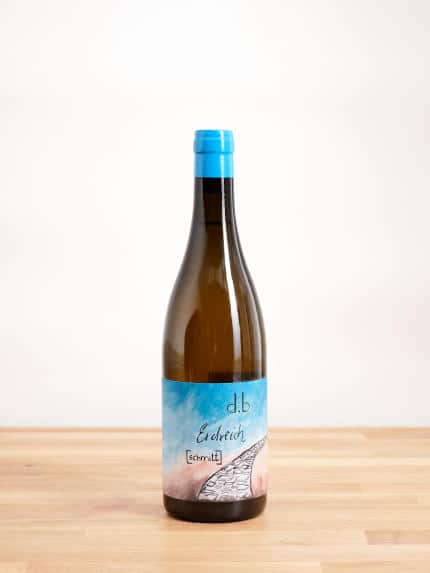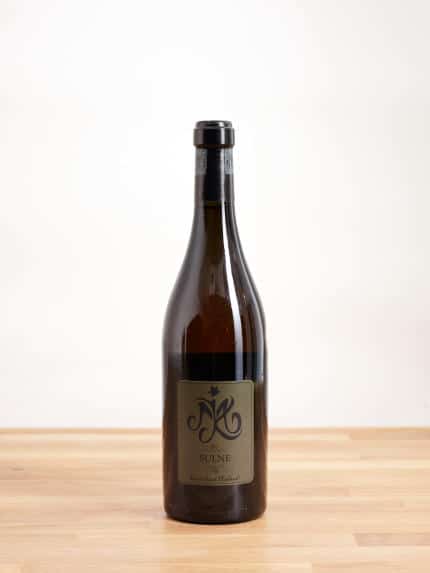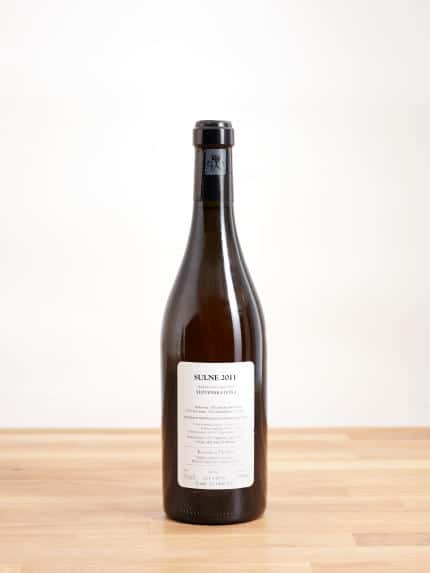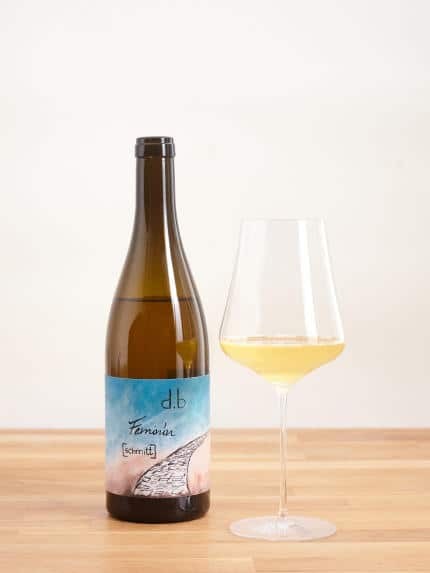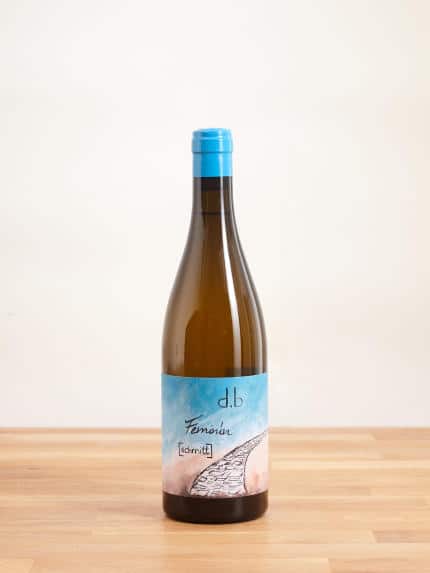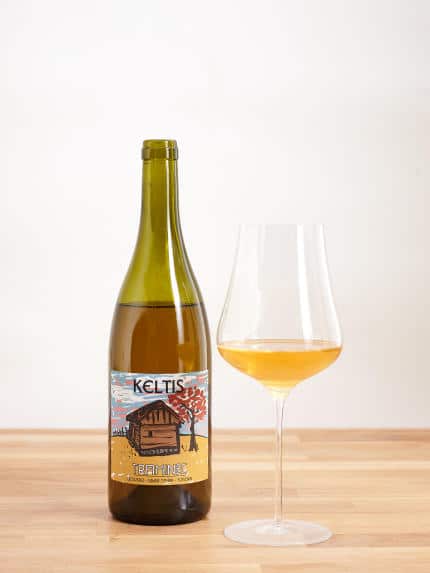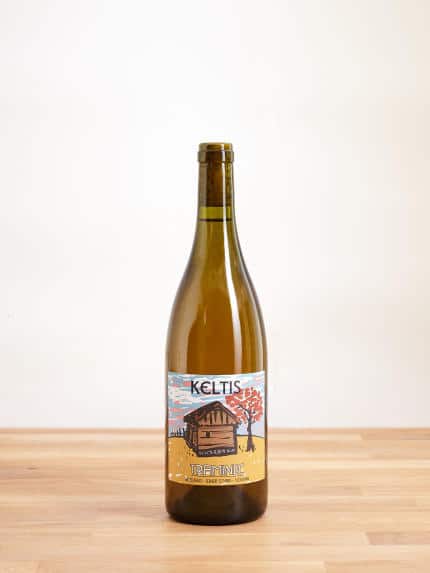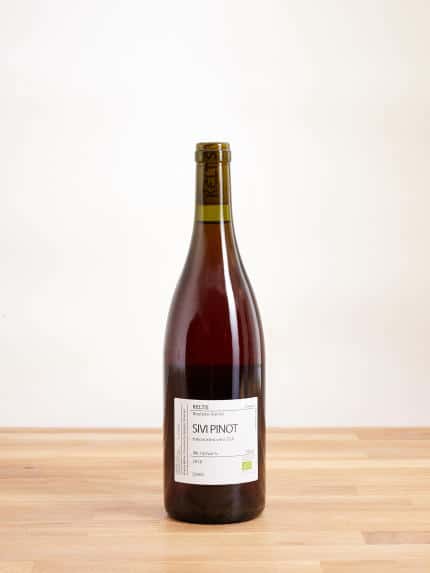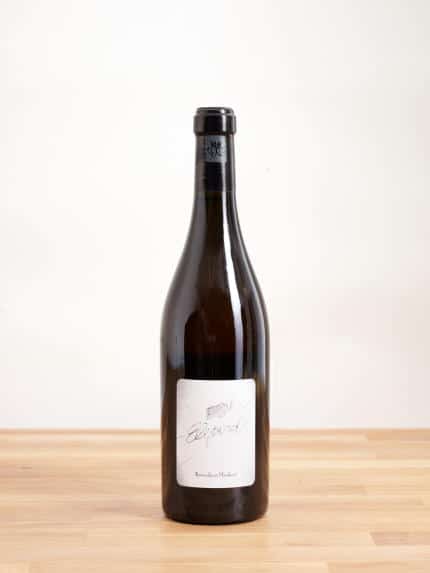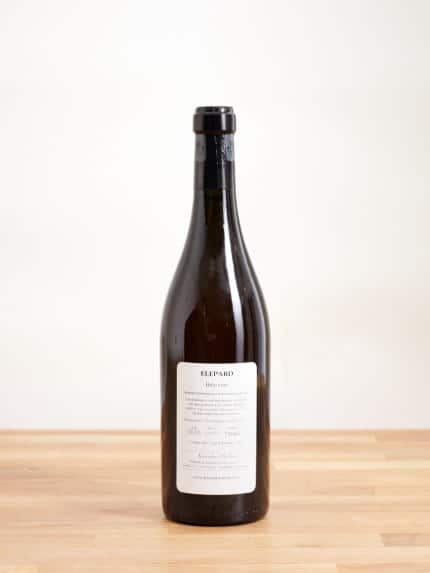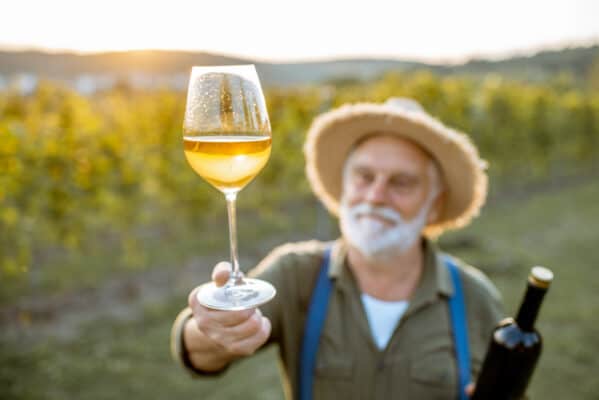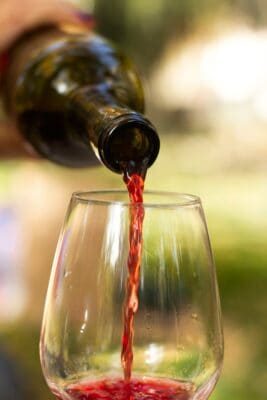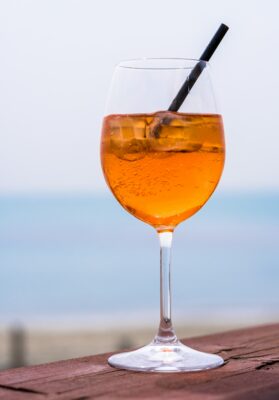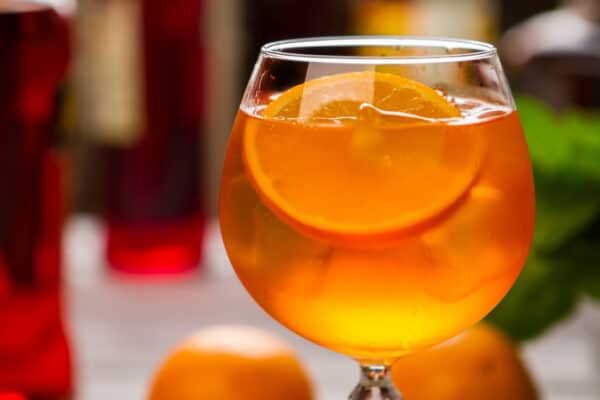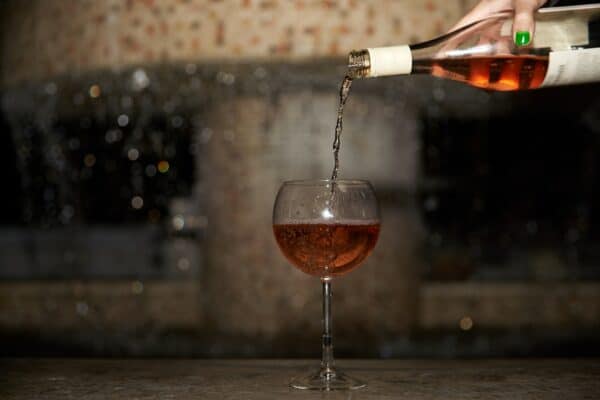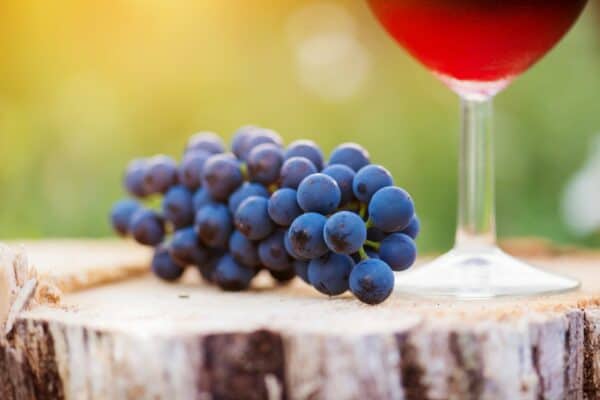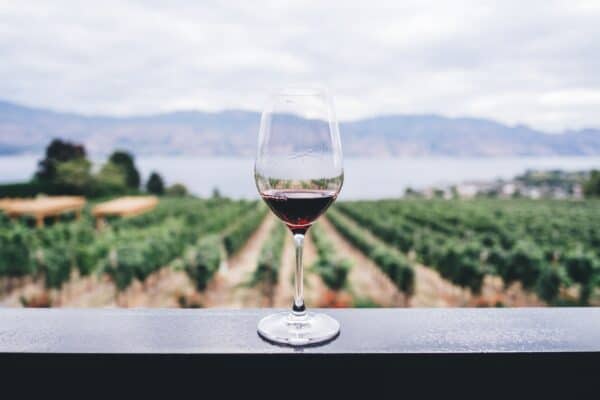Everything about Orange Wine
What actually is orange wine?
Orange wine – the bell bottom of wines?
When I first heard about Orange Wine, I was standing in a beach bar in Bali and talking to an acquaintance from South Africa. At first I thought it was a new trend that could replace rosé as a summer fizz. The post-rosé syndrome, so to speak: the wine connoisseurs and those who want to be, who are always one step ahead of the mainstream, jump into a new category. A new category that couldn't have anything less to do with rosé. Because orange wine is pretty much the opposite of rosé, as my friend explains to me. I got curious, like I always do when something happens outside of the mainstream and pulls you out of your comfort zone. The deeper I read into the topic (and admittedly - got drunk), the more fangirl became me.
A couple of facts
In contrast to bell-bottoms, which are always in and out of fashion, orange wine was produced more than 8000 years ago. Today Orange Wine is often mentioned in the same breath as Natural Wine. Because orange wine is usually (but not always!) produced according to the principles of low intervention and with the use of minimal chemical additives. As you might have guessed, orange wine is not made from oranges (wait a minute, but is there a business idea behind it?) but rather from white grapes.
The first mover who brought orange wine production back into fashion in 1997 was Josko Gravner. In the area of north-eastern Italy along the Slovenian border, called Friuli-Venezia Giulia, Josko breathed new life into the millennium-long tradition. The technology is also gaining popularity across the border, in Slovenia, Croatia and of course its native country Georgia.
Of course, what also convinces us as an environmentally conscious company and sustainability advocates is that the production of orange wine according to the Natural Wine principles uses significantly less water, produces little to no emissions from machines and no chemicals get into the soil.
Amphorae for making Orange Wine
Orange wines in Georgia are in these large vessels, also called amphorae, manufactured, the volume of which can range from 20 l to 1000 l (!). They are buried in the ground or in the wine cellar to keep the temperature constant for the fermentation of the wine. The days, weeks or months of contact with the skin during fermentation gives these wines an unusual complexity, full aromas and intense flavors. The long skin contact gives the wines their amber color.
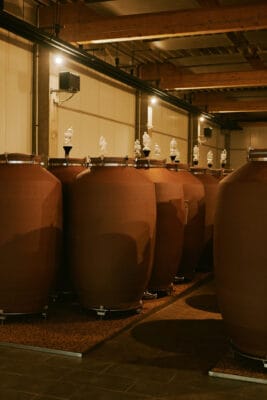
Here's something to throw in among wine connoisseurs at the next dinner party: The deep color of orange wine comes from the lignin in the grape seeds and the grape skins.
Taste of Orange Wine
After the dry history part, let's move on to the boozy aspect of orange wine. We taste aromas of dried orange peel, hazelnut, peach, honey and flowers.
Try orange wines with mature cheeses, spicy and hearty curries, Japanese cuisine, Israeli dishes, pumpkin combinations or scallops in bacon, the wine is best drunk chilled.
A fact that should not be disregarded for all pleasure drinkers or single-person households is that orange wines are in the fridge up to 10 days (depending on the tannin and fermentation time, sometimes even several weeks). So you don't have to enjoy the whole bottle in one evening, but we understand if you do ;)
Orange wine is here to stay, the bell-bottom advocates have to admit that ungrudgingly.
Here are a few more orange wines that we recommend from the start to Advanced Orange:
Started: Oliver of Kristinus or Wise Mulatchak by Meinklang. Super orange entry-level wines with little tannin and a lot of drinking flow.
Experienced orange wine drinkers reach for it Sextant – CLIN D'OEIL 2019 or to Matassa-Curve Alexandria
And then there is the final stage Curve Extreme by Keltis or Elepard by Korenike & Moskron – the latter has macerated for 60 days and more than 10 years in wooden barrels. Incredibly complex stuff.
–
Check out the full selection our shop or just choose our Orange Wine Tasting Wine Package – For orange wine fans.
Our best selling orange wines
